Dance honours the legacy of noteworthy inventor and writer
Bangarra Dance Theatre’s 30th anniversary tour sees the return of a work close to the heart of South Australian choreographer Frances Rings, who says bringing it to the Adelaide stage is ‘probably more stressful than opening at the Opera House’.
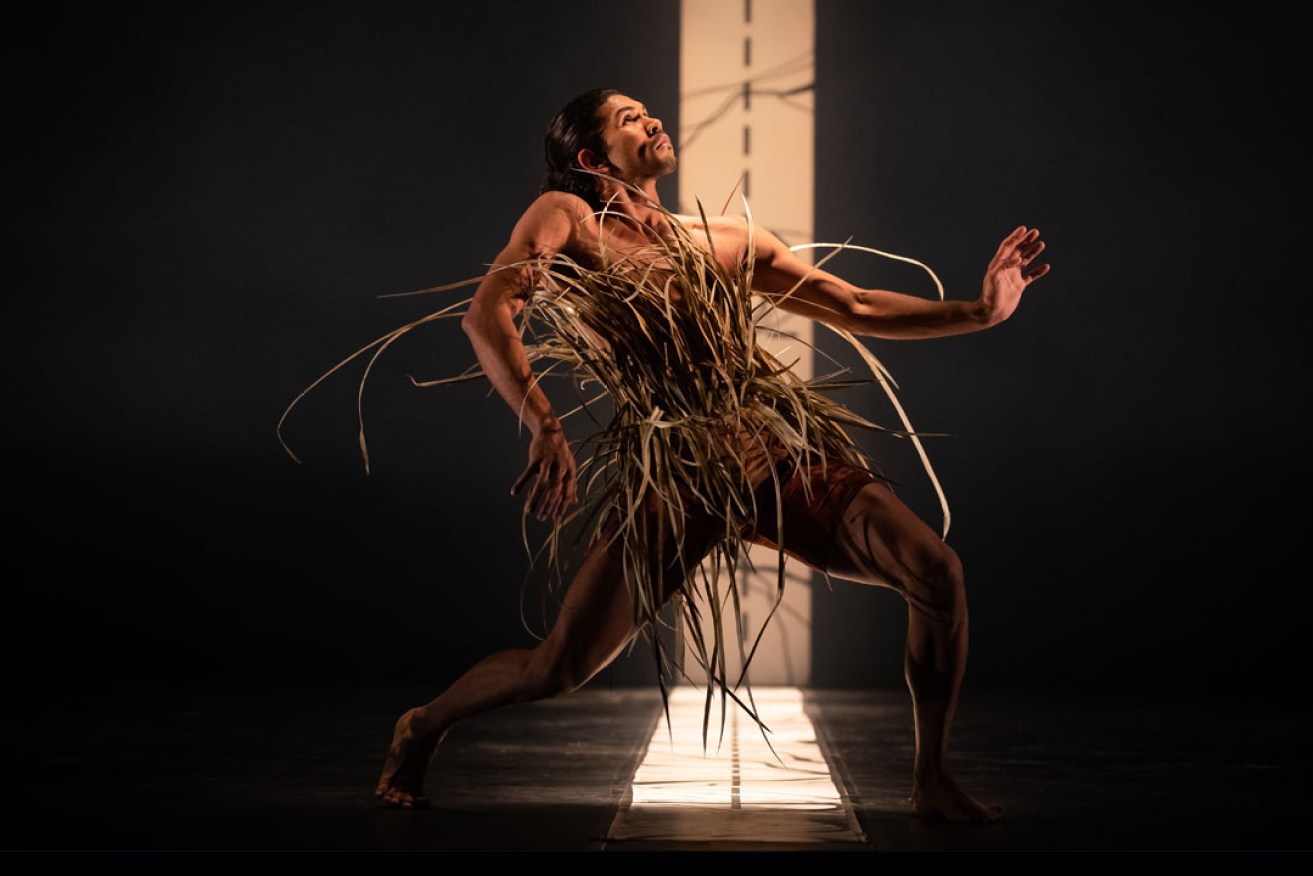
Unaipon pays tribute to inventor and writer David Unaipon. Photo: Daniel Boud
Bangarra: 30 years of sixty five thousand, coming to the Adelaide Festival Centre from September 19-21, comprises a three-part program of contemporary dance performed by Aboriginal and Torres Strait Islander artists from across Australia.
It opens with Frances Rings’ Unaipon, which was first performed 15 years ago and explores the story of Ngarrindjeri author and inventor David Unaipon, who features on the Australian $50 note.
Rings, a Kokatha woman who originally joined Bangarra in 1993 and was appointed the company’s first associate artistic director earlier this year, explains what else audiences can expect from the 30th anniversary show, why she feels such a strong connection to Unaipon, and how it feels to bring her work home to Adelaide.
How do the three works selected for this concert encapsulate what Bangarra Dance Theatre is about and the stories it seeks to tell?
Each of these three works acknowledge a significant moment in the 30 years of Bangarra’s life cycle.
Unaipon marks an important moment, as it was the first work inspired by an historical figure who has made incredible contributions to Australian history. It was an important turning point in Bangarra’s creative life, as narrative works such as Patyegarang, Mathinna and Bennelong were to follow soon after.
Stamping Ground, by world-renowned Czech choreographer Jiri Kylian, is the first work to be performed by the company that is choreographed by a non-Indigenous choreographer. The story of this work is fascinating, as it is a response to his immersion into Indigenous ceremony. It was created in 1983 and it has generously been gifted to be performed as part of our 30th program.
The final act [to make fire] is a curated selection of works by [Bangarra artistic director] Stephen Page that reflect the vibrancy of our creative life cycle from across 30 years. It reflects the many people, communities, cultural consultants and artists that have generously contributed to the Bangarra legacy.
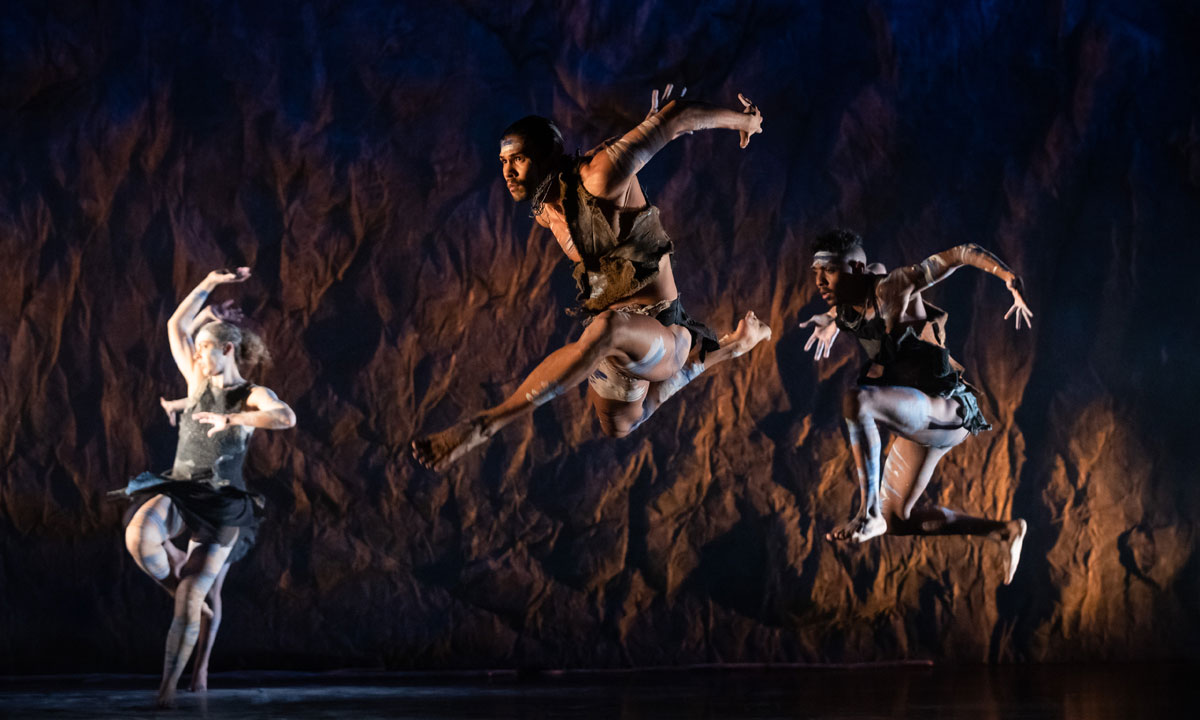
To make fire is a curated selection of works by Stephen Page. Photo: Daniel Boud
Unaipon was originally choreographed by you in 2004. How did it come about?
My Sister Gina had told me about this Ngarrindjeri author and inventor and I was immediately fascinated by his story. I also felt a sense of frustration that I was only learning about this as an adult and had not learned about him at school.
I view my artform as a vehicle for educating wider Australia about our Indigenous history, and to give insight into our black experiences from past to present. It was an easy choice, as his story is so fascinating and inspiring not only to Indigenous people but all Australians.
Which particular aspects of David Unaipon’s life resonate with you most strongly, and how are these conveyed through the choreography?
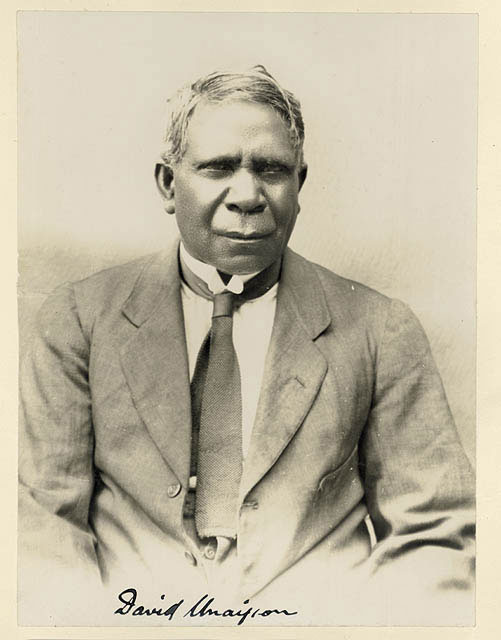
David Unaipon in 1925. Photo: from the collections of the Mitchell Library, State Library of NSW
I felt a strong connection to David Unaipon’s passions, that of his Ngarrindjeri culture, science and religion. These themes transcended indifferences and speak of the power of the human intellect and spirit.
He was a man who during a time of great injustices to our people and to himself, held a space where he believed Indigenous and non-Indigenous could co-exist. He gave people hope even though he faced incredible challenges himself.
As a choreographer it was exciting to explore scientific principles such as Isaac Newton’s Laws of Motion, Perpetual Motion and other scientific formulas on bodies in space.
In what way did Unaipon mark an important moment in your own career? How does it feel to revisit it again 15 years later?
It was the first major work that really cemented my role as a choreographer. I was incredibly honoured when Stephen [Page] said he wanted to program it as part of our 30th anniversary celebrations.
I was also excited to reconnect with the Unaipon family and travel back to the Adelaide and the lower Murray area to meet them again. They have been so supportive of the restaging of Unaipon and its return to Adelaide.
Also, it’s important to acknowledge the role of [the late] David Page as the composer who created the original score. The powerful work of our artistic brother and his profound legacy live within the company in the spirit and energy of the Bangarra works. He studied at the Centre for Aboriginal Studies in Music in Adelaide, which is an important institution for Indigenous musicians and artists.
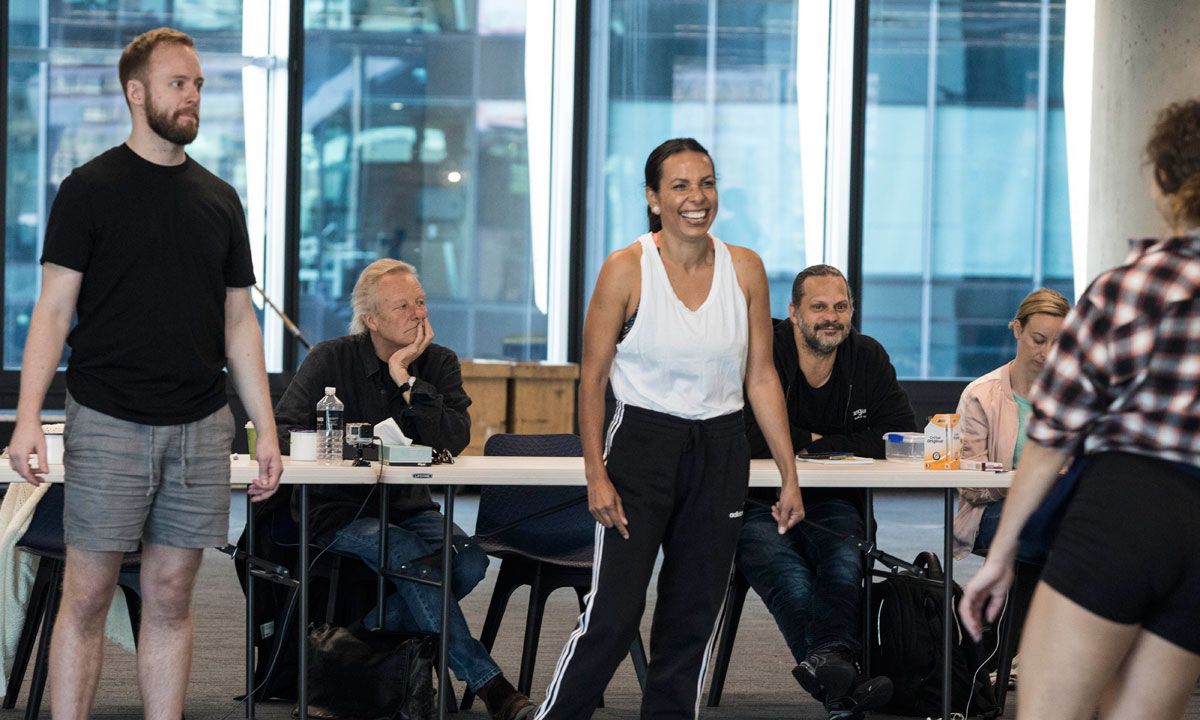
Frances Rings during rehearsals. Photo: Lisa Tomasetti
Will the Adelaide performances be particularly poignant, given that both you and David Unaipon are from South Australia?
Absolutely! I am a proud Kokatha woman from South Australia and am grateful for the continued support I receive from my home state.
It’s also extremely nerve-racking to have my work performed for the SA community and family of Mr Unaipon. I think it’s probably more stressful than opening at the Opera House!
I hope it is received well and they can see and feel how much we have put into honouring the legacy of this great man.
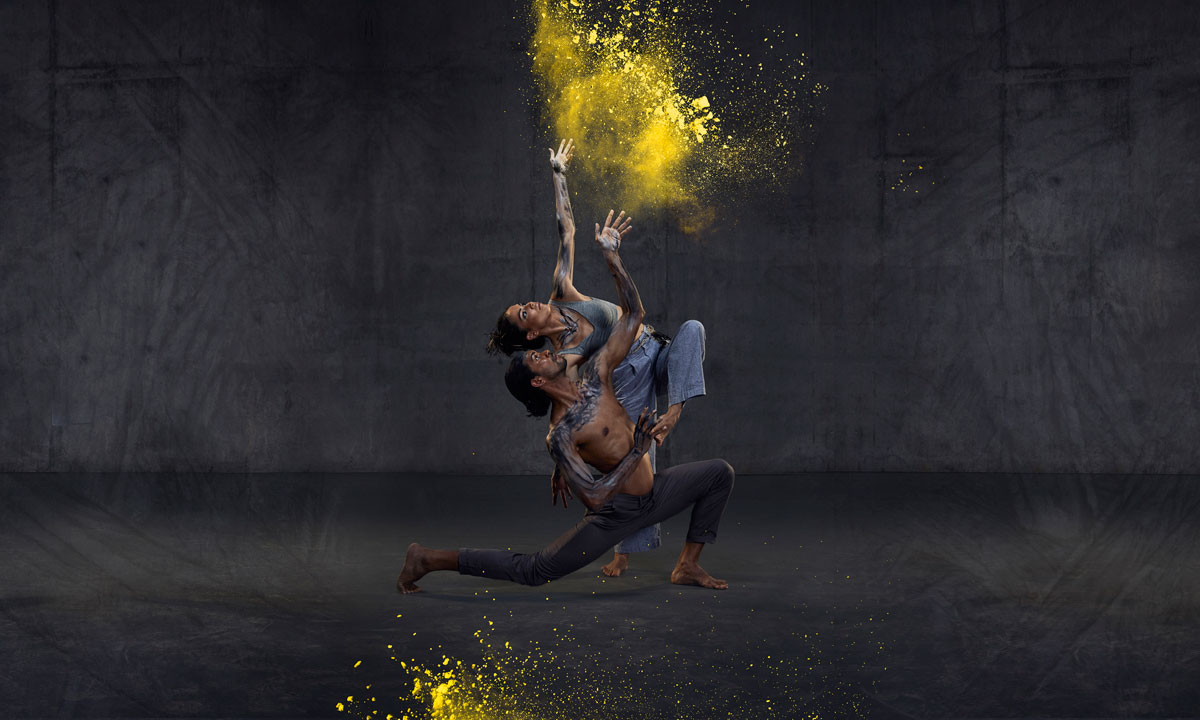
Bangarra: 30 years of sixty five thousand. Photo: Daniel Boud
You first joined Bangarra in 1993 – how do you see the company continuing to evolve in the future?
In the past few years I have been able to step away from Bangarra and find my own identity as a creator, teacher and Industry professional. It felt right to return this year in the role as associate artistic director and contribute to the new direction of the company.
It is important to understand the role of Bangarra as cultural ambassadors to represent the many communities across Indigenous Australia and its experience past and present. For millennia, we’ve told our stories through the creative force of dance. Our presence in the industry speaks to the strength of our survival as a people and our ability to adapt to the many changes governments have thrown our way.
My hope is to continue creating works that celebrate our cultural expressions, that give audiences insight to our Black experiences and to tell our stories authentically, powerfully and unapologetically.
Bangarra: 30 years of sixty five thousand will be presented at the Dunstan Playhouse from September 19-21.




